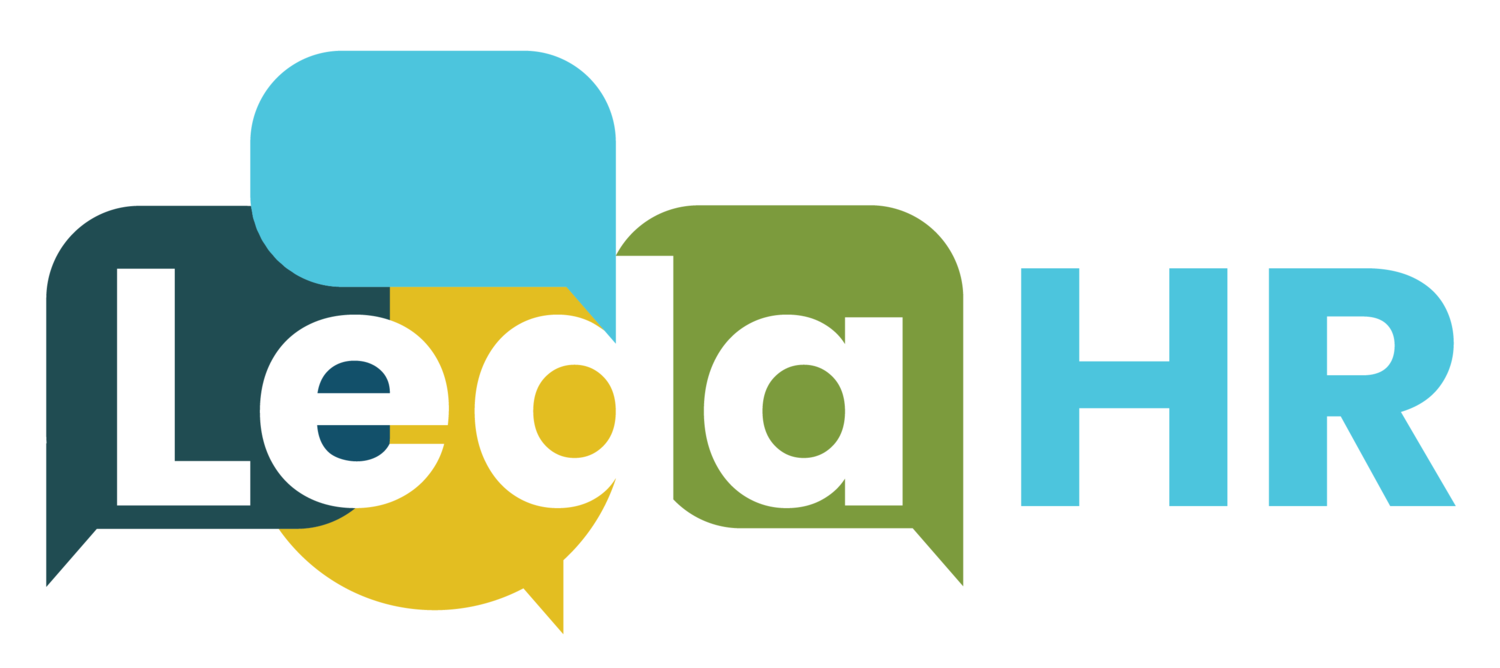Pay Equity Remains an Issue (and How to Fix It)
Photo credit: Canva.com
By Kristin Bower
"I want to be paid fairly for the work that I’m doing. That’s what every single woman around the world wants. We want to be paid on parity with a man in a similar position."
- Actor Felicity Jones, in the November 2016 issue of Glamour
We are there, right? Women in Canada are considered equal to men. Right?
A few years ago, when Canada changed the lyrics of our national anthem to gender inclusive, an acquaintance of mine thought it was a dumb idea. When I asked her why, she said, “I don’t see the big deal. I don’t experience discrimination as a woman so who cares?”
Sometimes, when we don’t experience discrimination based on our gender in an obvious way, we just don’t see it. But that doesn’t mean that it doesn’t exist.
Case in point: pay disparity among genders.
For decades, speaking about how much money you make has been considered taboo. When you’ve received a job offer and your salary was presented to you, you were probably told to keep it private, that it’s “confidential” information. The person who presented the offer told you this because they know that if (when) employees compare salary info, it gets messy and uncomfortable.
Because there is often disparity among who gets paid what and why. The why is often intangible.
Mind the Gap; Then Close the Gap
When my business partner, Annika, and I conduct a diversity, equity, and inclusion (DEI) audit we are looking and listening for the gaps that exist within a workplace, those often-unintended barriers to full inclusion and belonging – the inequities. For one of our clients, what came up in focus groups with their employees was a perception that women were getting paid less than their male counterparts.
Now, we have been doing this work long enough to know that this perception is often reality. What we see and hear is supported through research. The Canadian Women’s Foundation reports the following stats:
89 cents
what women working full-time and part-time make for every dollar men make
59.3%
percentage of white men’s earnings that racialized women make, on average
16%
percentage of women and gender diverse people with a physical disability who report being fairly paid compared to their peers
267.6 years
to close the economic gender gap worldwide, if present trends continue
Don’t Be Afraid of the Truth
Back to our client for a moment. Hearing from employees that their workplace might not be as equitable and inclusive as they thought was, frankly, uncomfortable. To their credit, they didn’t back away. Instead, they asked us to analyse salaries. And sure enough, women were making less than men.
We looked at not just compensation by gender* but also by level of education, job categories, and levels within the organization. And this is important because, by scratching a bit deeper than just the surface, you start to see a truer picture. This client is now examining factors that can contribute to the pay (and total compensation) gap. Things like:
How unconscious bias impacts how and who gets hired and promoted.
How roles are designed and assigned salary bands.
How job offers are made and negotiated.
Policies such as maternity and paternity leave and benefits.
*We didn’t conduct an analysis by diversity demographics other than gender because that data didn’t exist (the client wasn’t collecting it). But if you have that data, it’s also important to look for any other gaps that might be further penalizing or negatively impacting groups that already face marginalization in workplaces and society.
And the bad news is that things get worse – the gaps get much bigger – if you are a woman AND have a disability, are BIPOC, and a member of the 2SLGBTQQIA+ community. The intersectionality can have a compounding effect.
Start Here Now
I think it’s safe to say that for the vast majority, we work to earn a paycheque – there aren’t too many of us who are independently wealthy. So, if your organization is truly committed to creating an equitable workplace then look at your salaries and overall compensation first.
One way you can begin this work is by adopting pay transparency. And soon enough, this won’t be an option. The province of British Columbia has introduced legislation requiring pay transparency. Starting in November 2023 and rolling out in a phased approach, employers in BC will be required to include salaries on all job postings.
None of the things that I have listed are a solution alone. There is no magic wand. It will take a willingness to look at the facts, face the truth, and commit to making changes. As Hillary Clinton said in March 2016, "If fighting for equal pay and paid family leave is playing the gender card, then deal me in!"
Deal me in! How about you?
P.S. read more about how to close the gender pay gap in this article from Deloitte: Ways to Close Gender Pay Gap | Deloitte US
Kristin Bower is a partner in Leda HR and a diversity, equity, and inclusion consultant living and working in Metro Vancouver on the traditional and unceded lands of the Katzie (q̓ic̓əy̓) People. Endlessly curious, she is dedicated to making the world a better place, one small act or conversation at a time!

